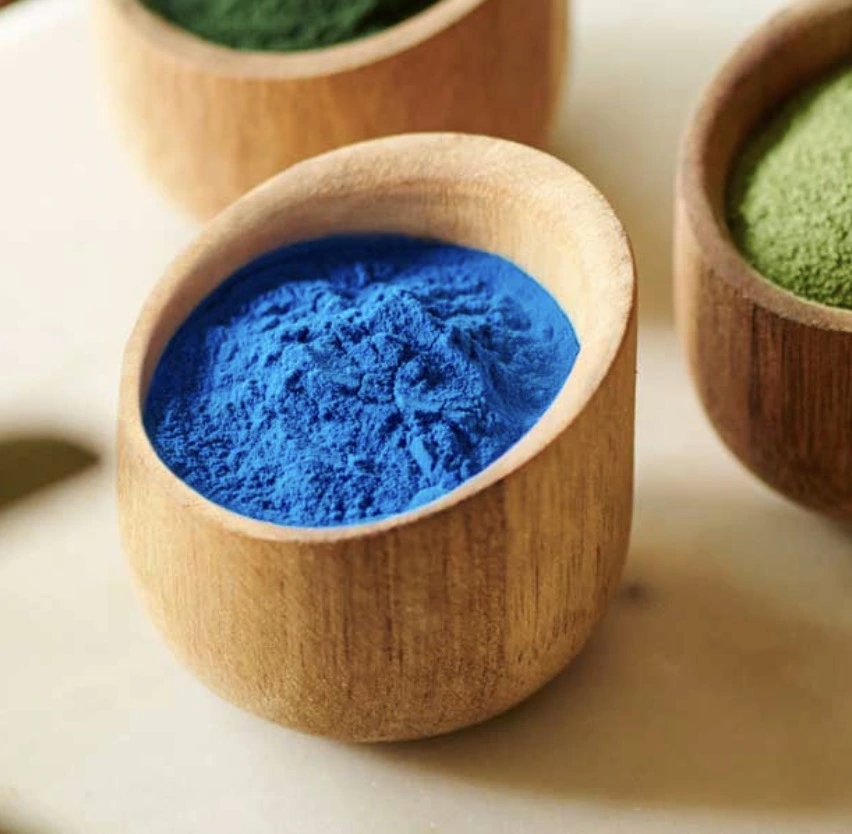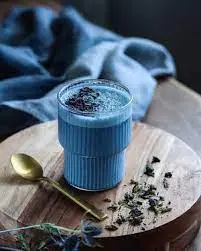Where does astaxanthin come from?
Astaxanthin, a powerful antioxidant and member of the carotenoid family, has gained significant attention in recent years for its potential health benefits. This vibrant red pigment is found naturally in various marine organisms and can also be produced synthetically. In this comprehensive guide, we'll explore the origins of astaxanthin powder, its extraction methods, and the effectiveness of synthetic versions.
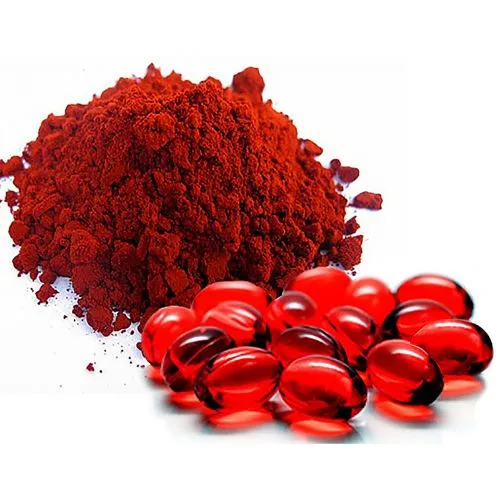
Natural Sources of Astaxanthin Powder
Astaxanthin is primarily sourced from several natural origins, each contributing to its availability in different forms and concentrations. Understanding these sources helps us appreciate the diversity of astaxanthin's presence in nature and its potential applications in various industries.
Microalgae: The Primary Producer
The most prolific natural source of astaxanthin is a microalgae species called Haematococcus pluvialis. This remarkable organism has evolved to produce astaxanthin as a protective mechanism against harsh environmental conditions. When subjected to stress factors such as intense sunlight, nutrient deprivation, or changes in salinity, H. pluvialis accumulates astaxanthin in high concentrations, turning from green to a deep red color. This microalgae can produce astaxanthin levels up to 5% of its dry weight, making it the most potent natural source known to date.
Marine Life: Secondary Accumulators
Various marine animals accumulate astaxanthin powder through their diet, serving as secondary sources of this powerful antioxidant. These organisms include:
- Salmon: Known for their pink flesh, salmon obtain astaxanthin by consuming smaller fish and crustaceans that have fed on astaxanthin-rich microalgae.
- Krill: These small crustaceans are significant accumulators of astaxanthin, which they obtain from consuming phytoplankton.
- Shrimp and Crayfish: Like krill, these crustaceans accumulate astaxanthin in their shells and flesh.
- Trout: Similar to salmon, trout acquire their pinkish hue from astaxanthin in their diet.
Yeast: An Alternative Microbial Source
Certain species of yeast, particularly Xanthophyllomyces dendrorhous (formerly known as Phaffia rhodozyma), are capable of producing astaxanthin. While not as prolific as H. pluvialis, these yeasts offer an alternative microbial source for astaxanthin production, especially in biotechnological applications.
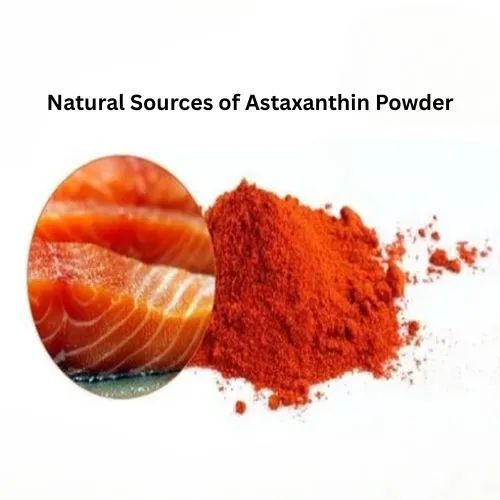
How Is Astaxanthin Powder Extracted?
The extraction of astaxanthin from its natural sources, particularly from Haematococcus pluvialis microalgae, involves a series of sophisticated processes. These methods are designed to maximize yield while preserving the integrity and potency of the astaxanthin molecules.
Cultivation of Haematococcus pluvialis
The process begins with the careful cultivation of H. pluvialis in controlled environments. These microalgae are grown in photobioreactors or open pond systems under specific conditions that promote growth and astaxanthin production. The cultivation phase typically involves two stages:
- Green Stage: Optimal conditions for rapid biomass growth are maintained.
- Red Stage: Environmental stress is induced to trigger astaxanthin accumulation within the algal cells.
Harvesting and Cell Disruption
Once the microalgae have accumulated sufficient astaxanthin powder, they are harvested through methods such as centrifugation or filtration. The harvested biomass then undergoes a cell disruption process to break open the tough cell walls of H. pluvialis. This critical step can be achieved through various means, including:
- High-pressure homogenization
- Ultrasonic treatment
- Enzymatic lysis
- Bead milling
Extraction Techniques
Following cell disruption, the astaxanthin is extracted from the cellular debris. Several extraction methods can be employed, each with its advantages:
- Supercritical CO2 Extraction: This method uses supercritical carbon dioxide as a solvent, offering a clean and efficient extraction process that preserves the integrity of astaxanthin.
- Solvent Extraction: Organic solvents such as acetone or ethanol are used to dissolve and extract astaxanthin. This method is effective but requires careful solvent removal post-extraction.
- Edible Oil Extraction: Some processes use edible oils to extract astaxanthin, which can be directly used in certain formulations.
Is Synthetic Astaxanthin Powder Effective?
The effectiveness of synthetic astaxanthin compared to its natural counterpart is a topic of ongoing research and debate in the scientific community. While synthetic astaxanthin offers certain advantages in terms of production scalability and cost-effectiveness, it differs from natural astaxanthin in several key aspects.
Chemical Structure and Isomers
Synthetic astaxanthin powder is chemically identical to natural astaxanthin in its basic molecular structure. However, there are significant differences in the isomeric composition:
- Natural Astaxanthin: Predominantly contains the (3S,3'S) isomer, which is considered the most biologically active form.
- Synthetic Astaxanthin: Consists of a mixture of (3S,3'S), (3R,3'S), (3S,3'R), and (3R,3'R) isomers in a 1:2:2:1 ratio.
This difference in isomeric composition may affect the bioavailability and efficacy of synthetic astaxanthin compared to its natural counterpart.
Antioxidant Potency
Several studies have compared the antioxidant activity of natural and synthetic astaxanthin:
- Some research suggests that natural astaxanthin exhibits superior antioxidant properties, with reports indicating it can be 14-65 times more potent at eliminating free radicals under certain in vitro conditions.
- The esterified form of natural astaxanthin, which is absent in synthetic versions, may contribute to enhanced stability and bioavailability.
Bioavailability and Absorption
The effectiveness of any supplement is largely dependent on its bioavailability - the extent to which it can be absorbed and utilized by the body:
- Natural astaxanthin is often found in esterified forms, which some studies suggest may enhance its absorption and retention in the body.
- Synthetic astaxanthin, being unesterified, may have different absorption characteristics, although research in this area is ongoing.
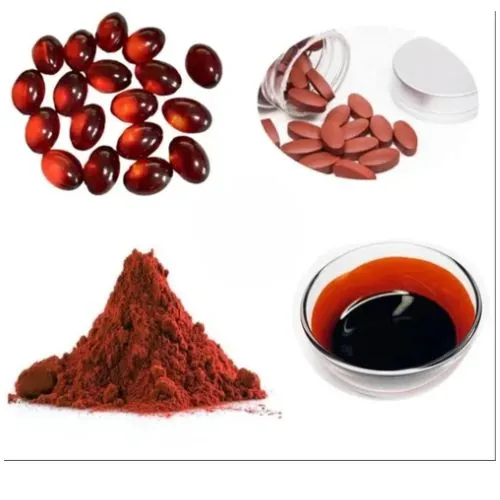
Conclusion
In conclusion, while synthetic astaxanthin offers a more cost-effective and scalable production method, current evidence suggests that natural astaxanthin may have advantages in terms of antioxidant potency and potentially bioavailability. However, more comprehensive research is needed to fully elucidate the comparative efficacy of natural and synthetic astaxanthin across various health applications.
For those seeking high-quality astaxanthin powder supplier for food, beverages, or health supplements, Yangge Biotech offers FDA-approved, Kosher and Halal certified products. Our astaxanthin powder is derived from natural sources and undergoes rigorous quality control. To learn more about our astaxanthin offerings or to request a sample, please contact us at info@yanggebiotech.com.
FAQ
Q: Can we get some samples to test before purchasing?
A: Of course, we can provide free samples of 20 to 100 grams, but the shipping cost is at the customer's expense. The shipping cost can be deducted from the next order, or the samples can be sent through your courier account.
Q: Do your products have relevant certifications?
A: Yes, our products are certified for HALAL, ISO, HACCP, Kosher, and other certifications.
Q: What is the minimum order quantity (MOQ)?
A: Small batches of samples can be customized according to your requirements.
Q: Do you offer OEM and ODM services? Can the formula be customized based on our own?
A: Of course, we provide ODM and OEM services to many customers. Our product range includes softgels, capsules, tablets, sachets, granules, and private label services. Simply contact us and let us know your requirements. Our experienced R&D team can also develop new products with specific formulas.
Please contact us to design your own branded products.
Q: How do you handle quality complaints?
A: First, we have a comprehensive quality control SOP. We provide authoritative third-party inspection reports for almost all products before shipment to minimize the possibility of quality issues. Second, we have a comprehensive return and exchange procedure. If there is a genuine quality dispute, we will strictly follow the SOP.
Q: How do you ship? How long does delivery take?
A: For small orders, we typically use DHL, UPS, EMS, FedEx, or TNT. Delivery typically takes 3-7 days. We also offer air and sea freight services. We have a strong freight forwarding team and can provide you with a one-stop service, including DDP and DDU.
Q: What are your payment terms?
A: 100% prepayment, payable by T/T, Western Union, MoneyGram, or PayPal.
Q: What is the shelf life of your products?
A: 2 years with proper storage.
Q: Is the packaging environmentally friendly?
A: We attach great importance to environmental protection and are constantly improving our product packaging. Some products are packaged in recyclable paper. Packaging materials are carefully selected to ensure product safety during transportation and storage, and to minimize environmental impact. We are committed to achieving a balance between environmental friendliness and practicality in our product packaging, and to contributing to sustainable development.
References
1. Guerin, M., Huntley, M. E., & Olaizola, M. (2003). Haematococcus astaxanthin: applications for human health and nutrition. Trends in Biotechnology, 21(5), 210-216.
2. Ambati, R. R., Phang, S. M., Ravi, S., & Aswathanarayana, R. G. (2014). Astaxanthin: sources, extraction, stability, biological activities and its commercial applications—a review. Marine drugs, 12(1), 128-152.
3. Capelli, B., & Cysewski, G. (2013). Natural astaxanthin: King of the carotenoids. Cyanotech Corporation.
4. Kidd, P. (2011). Astaxanthin, cell membrane nutrient with diverse clinical benefits and anti-aging potential. Alternative Medicine Review, 16(4), 355-364.
5. Lorenz, R. T., & Cysewski, G. R. (2000). Commercial potential for Haematococcus microalgae as a natural source of astaxanthin. Trends in biotechnology, 18(4), 160-167.

Based on your location and order quantity, you will have the opportunity to receive a limited time free shipping promotion!
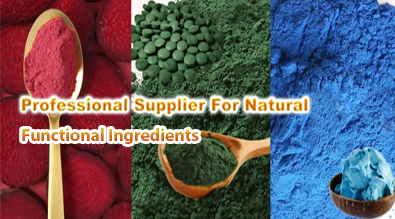
Who we are

